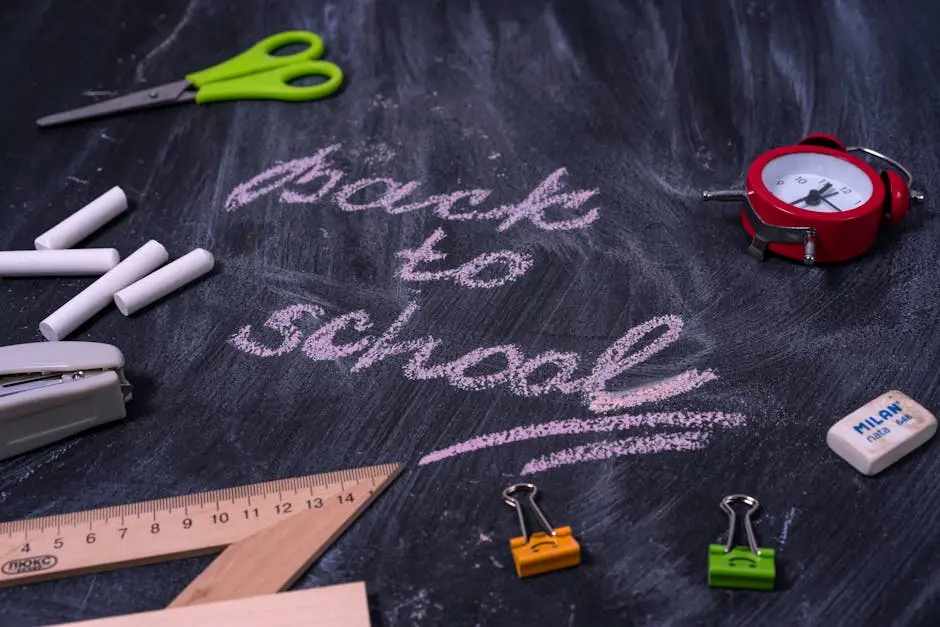Entering the world of reloading can be both exciting and a bit overwhelming. This post aims to demystify the process for beginners, breaking down the basics of reloading supplies into manageable pieces.
Understanding Reloading: The Basics
For those new to the concept, reloading involves manually assembling gun cartridges or shotgun shells by combining cases, primers, powder, and bullets. This craft can not only be rewarding but also a practical way to tailor your ammunition to specific needs.
The benefits of learning to reload include cost-effectiveness, improved accuracy, and a deeper understanding of firearm mechanics. While the idea might seem daunting at first, with the right guidance, anyone can begin this hands-on hobby.
Reloading Supplies: What You Need to Get Started
The essential supplies for reloading include a reloading press, dies specific to the cartridges you intend to reload, a scale for measuring powder, and a set of calipers for checking dimensions. Safety equipment, such as gloves and protective glasses, should not be overlooked.
As you become more experienced, you might consider additional tools such as a powder measure for faster loading and a tumbler for cleaning brass. Initially, focus on acquiring the basics to ease into the process without feeling overwhelmed.
The Reloading Process: A Step-by-Step Guide
Reloading ammunition is a meticulous process that involves several steps: resizing the brass case, removing the spent primer, inserting a new primer, measuring and adding the correct amount of powder, and seating the bullet within the case. Detailed instructions and care at each step ensure safety and accuracy.
One of the key aspects of reloading is precision. This means carefully measuring your components and following recommended procedures closely. Each step, from cleaning the brass to inspecting the final product, plays an essential role in producing reliable and accurate ammunition.
Safety Tips for Beginners
Safety is paramount when reloading. Always follow manufacturer guidelines for your components and equipment. Working in a well-lit, clean, and organized space can prevent accidents. Additionally, keeping a reloading manual nearby as a reference is an invaluable safety measure.
Ventilation is another crucial factor. Handling gunpowder and primers requires a well-ventilated area to avoid inhaling potentially harmful chemicals. Also, make it a habit to double-check measurements and avoid distractions that could lead to mistakes.
Finding the Right Reloading Supplies and Equipment
The internet has a wealth of resources for finding reloading supplies. Online forums, YouTube channels, and dedicated reloading websites offer advice and product reviews. Local gun shops and shooting ranges can also provide personal recommendations and sometimes even hands-on classes.
Consider beginning with a starter kit. Many manufacturers offer all-in-one kits that include the basic tools you’ll need. These kits can be a cost-effective way to enter the world of reloading, with the opportunity to upgrade components individually as you gain more experience.
Common Mistakes to Avoid
A common mistake for beginners is rushing the learning process. Reloading requires attention to detail and patience. Skipping steps or being sloppy with measurements can result in unreliable or unsafe ammunition. Start slow, and prioritize accuracy over speed.
Another misstep is using outdated or incorrect data. Always use the latest reloading manuals or trusted online sources for load data. Using improper powder amounts or mismatched components can have dangerous consequences.
Practical Tips for Enhancing Your Reloading Skills
Practice makes perfect. The more you reload, the more comfortable you’ll become with the process. Don’t be afraid to experiment with different powders, bullets, and primers to see what works best for your shooting needs, but always within safe and recommended guidelines.
Keep detailed records of your reloading sessions, including measurements, components used, and any adjustments made. This habit will help you replicate successful loads and troubleshoot any issues that arise.
Resources for Further Learning
Numerous books, websites, and online courses offer in-depth guides on reloading. A highly recommended resource is the ‘ABCs of Reloading,’ an authoritative guide for beginners. Online forums and social media groups can provide community support and practical tips from experienced reloaders.
Attending a reloading class can also be extremely helpful. Many ranges and gun shops offer classes taught by seasoned instructors. These hands-on experiences can accelerate your learning curve and boost your confidence.
Conclusion: Embracing the Reload
With the right approach and understanding, beginners can indeed master the art of reloading. The journey may require patience and practice, but it’s a rewarding skill that offers a deeper appreciation for shooting and ammunition craftsmanship.


